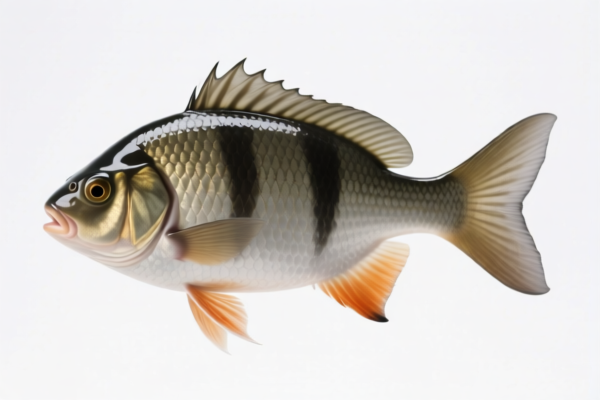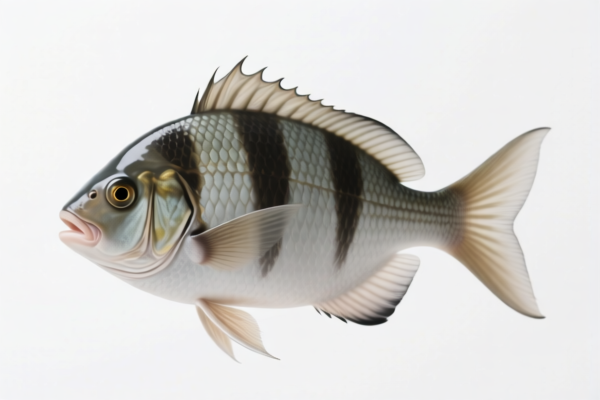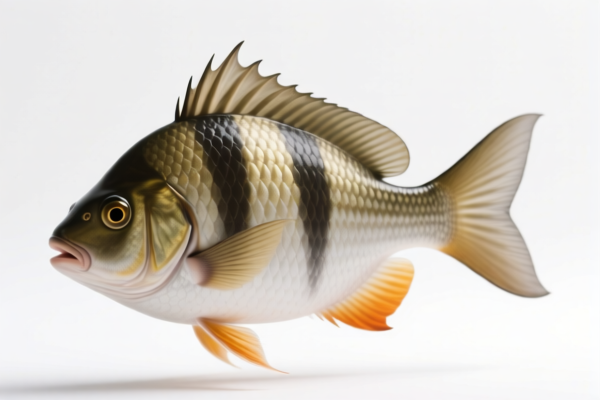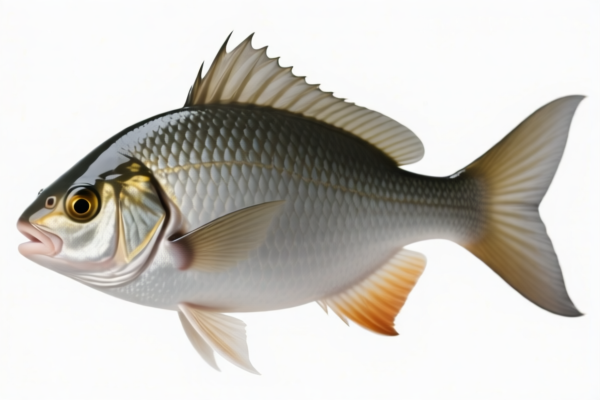| HS Code | Official Doc | Tariff Rate | Origin | Destination | Effective Date |
|---|---|---|---|---|---|
| 3926903300 | Doc | 36.5% | CN | US | 2025-05-12 |
| 3926904000 | Doc | 32.8% | CN | US | 2025-05-12 |
| 1604200510 | Doc | 60.0% | CN | US | 2025-05-12 |
| 3924104000 | Doc | 33.4% | CN | US | 2025-05-12 |
| 3924905650 | Doc | 40.9% | CN | US | 2025-05-12 |




Simulated Lobster
Simulated lobster refers to a food product designed to mimic the appearance, texture, and flavor of lobster, typically without using actual lobster meat. These products cater to consumers seeking a lobster-like experience at a lower cost, for dietary reasons (allergy, veganism), or for convenience.
Material & Composition
The primary material varies widely depending on the type of simulated lobster. Common components include:
- Surimi: This is the most prevalent base, composed of processed white fish (often pollock) blended with flavorings, binders, and coloring.
- Vegetable Proteins: Soy protein, wheat gluten (seitan), or konjac are utilized in plant-based alternatives.
- Starches: Tapioca, potato, or corn starch contribute to texture.
- Flavorings: Artificial or natural flavor compounds are used to replicate lobster taste. Shellfish extracts may be included in some non-vegan versions.
- Colorings: Red food coloring (often carmine or artificial dyes) is essential for visual appeal.
- Binders & Stabilizers: These ingredients (e.g., egg whites, modified food starch) hold the product together and maintain its shape.
Purpose & Function
The primary purpose of simulated lobster is to provide an affordable and accessible alternative to real lobster. It functions as a substitute in dishes where lobster flavor and texture are desired, without the expense or sourcing challenges associated with the genuine product. It also serves those with shellfish allergies or dietary restrictions.
Usage Scenarios
Simulated lobster is utilized in a broad range of culinary applications:
- Lobster Rolls: A common application, especially in regions where lobster is expensive.
- Seafood Salads: Added to mixed salads for a lobster-like component.
- Pasta Dishes: Incorporated into creamy pasta sauces or served as a topping.
- Bisque & Chowders: Used as an ingredient in soups, though flavor profiles may differ significantly from traditional recipes.
- Thermidor Imitation: Recreated versions of Lobster Thermidor.
- Snacking: Pre-cooked simulated lobster can be eaten as a standalone snack or appetizer.
Common Types
- Surimi Lobster: The most common form, often sold in sticks, chunks, or pre-formed shapes. Quality varies significantly based on the fish used and the flavoring process.
- Plant-Based Lobster: Increasingly available, utilizing soy, wheat gluten, or konjac as the base. These are suitable for vegan and vegetarian diets.
- Lobster-Flavored Seafood Alternatives: Products that combine surimi or other fish with lobster flavoring, but may not closely mimic the texture.
- Frozen Prepared Lobster Products: Simulated lobster meat incorporated into pre-made dishes like ravioli or casseroles.
Based on the provided information, the following HS codes are relevant to “simulated lobster”:
- 1604200510: This HS code falls under Chapter 16: Prepared or preserved fish; caviar and caviar substitutes prepared from fish eggs. Specifically, it covers Heading 1604: Prepared or preserved fish; caviar and caviar substitutes prepared from fish eggs, and further narrows down to Subheading 1604.20: Other prepared or preserved fish, including products containing meat of crustaceans, molluscs or other aquatic invertebrates, prepared meals. This suggests the item is a prepared fish product, potentially containing crustacean-like components. The tax rate details indicate a base tariff of 5.0%, an additional tariff of 25.0%, and a post-April 2, 2025, additional tariff of 30.0%, resulting in a total tariff of 60.0%.
According to the provided reference material, the HS code options related to 'simulated lobster' are limited, with only the following 1 found.
Customer Reviews
No reviews yet.